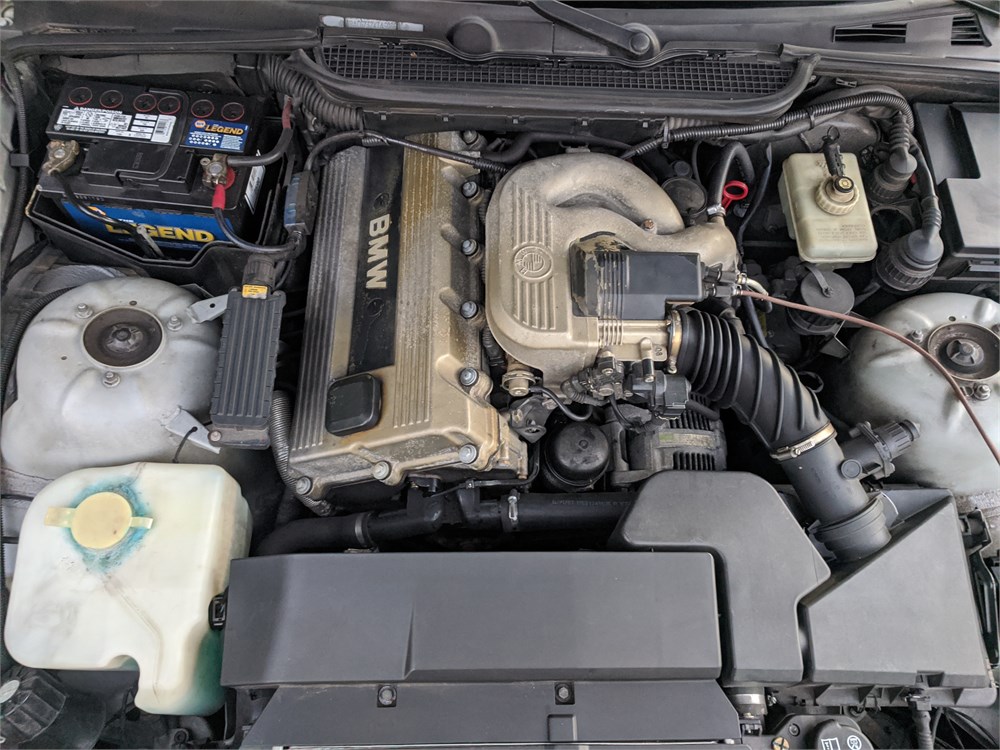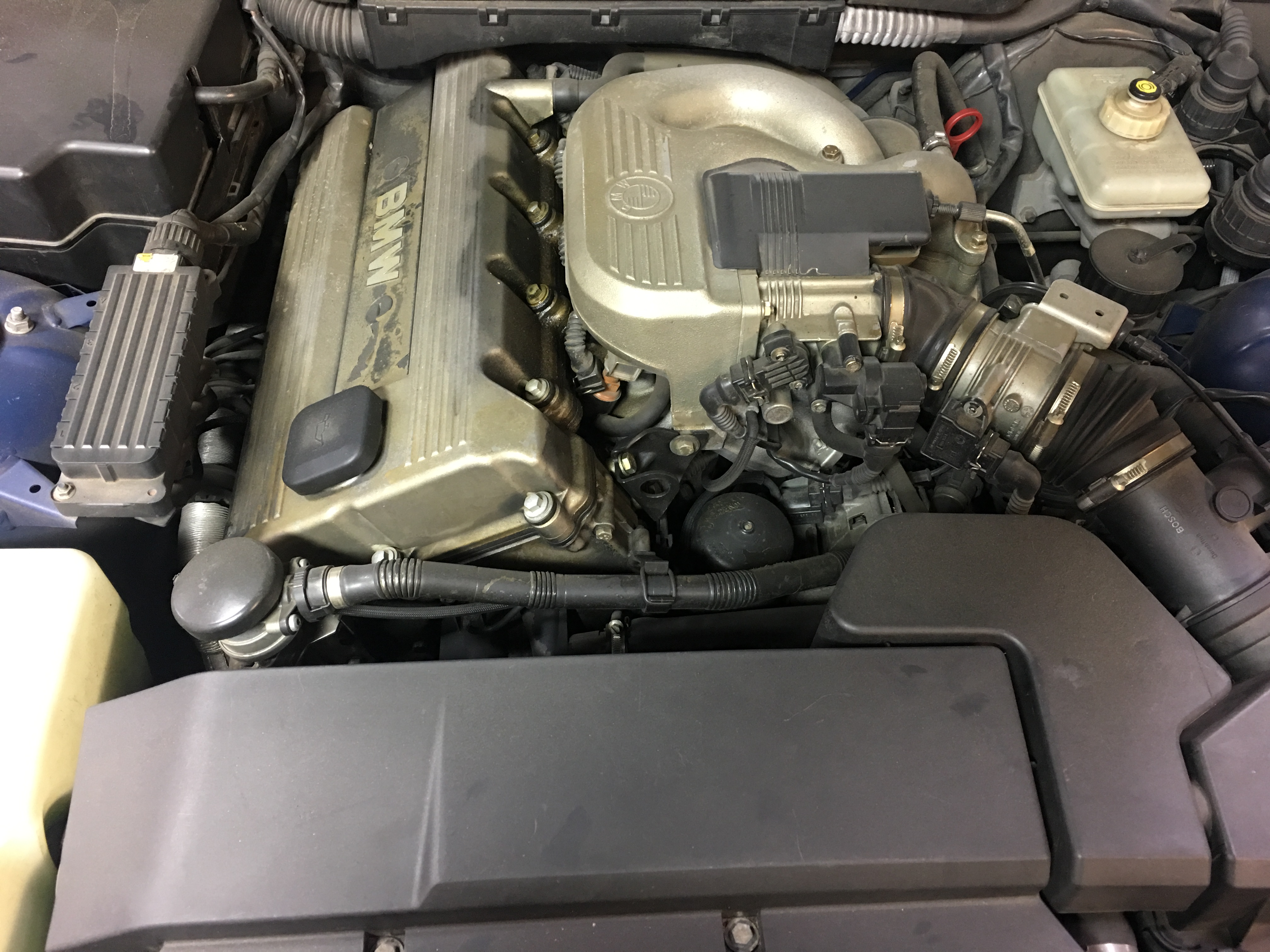BMW 318ti: Performance Specifications and Characteristics Explained
BMW 318ti: Performance Specifications and Characteristics Explained
Blog Article
Key Attributes to Look for When Getting an Engine for Automotive Applications
When considering the purchase of an engine for auto applications, numerous vital functions call for careful assessment to make certain ideal performance and capability. From power and efficiency abilities to sustain efficiency, longevity, and adherence to discharges requirements, each aspect plays an important role in figuring out the engine's viability for specific automotive demands.
Power and Efficiency
When selecting a vehicle engine, purchasers prioritize power and efficiency to make certain ideal driving experience and effectiveness. The power output of an engine, typically determined in horse power (HP) or kilowatts (kW), dictates the velocity, full throttle, and general abilities of a vehicle. Greater power scores usually result in quicker velocity and better efficiency, especially during overtaking or bring hefty loads. Performance, on the various other hand, includes a wider range of qualities, consisting of fuel efficiency, discharges, integrity, and total driving characteristics. A well-performing engine not only provides power efficiently but also operates efficiently across various speed varieties and driving conditions.
Additionally, aspects such as engine turbocharging, crossbreed, and displacement modern technologies play significant roles in improving both power and efficiency degrees. Eventually, choosing an engine that uses a potent mix of power and efficiency guarantees a effective and enjoyable driving experience.
Gas Efficiency
Optimizing gas performance is a critical consideration for customers when evaluating automobile engine choices. The performance of an engine straight influences operating costs and ecological impact. One vital factor influencing fuel efficiency is the engine's design and modern technology. Modern engines with features like direct fuel shot, turbocharging, and variable shutoff timing can considerably enhance fuel performance by improving burning processes and decreasing energy loss. In addition, the overall weight of the engine and vehicle, as well as the aerodynamics, play vital duties in identifying fuel intake.

Longevity and Reliability
Achieving resilient efficiency and reliable procedure is crucial for customers evaluating the resilience and integrity of vehicle engines. When taking into consideration an engine for automotive applications, sturdiness describes the engine's ability to withstand wear, anxiety, and harsh operating conditions over an extended period. Reliability, on the other hand, indicates that the engine can regularly execute its designated feature without unanticipated breakdowns or failings.
Customers ought to look for engines created with premium materials and exact engineering to make sure durability. Components such as crankshafts, bearings, and pistons should be long lasting to manage the engine's power output without premature wear. Additionally, engines equipped with advanced air conditioning systems, reliable lubrication, and robust purification systems tend to exhibit greater degrees of integrity.
Regular maintenance and adherence to supplier suggestions are additionally critical variables in preserving an engine's sturdiness and integrity. By following upkeep routines, using recommended liquids, and resolving any kind of problems immediately, customers can maximize the life expectancy and performance of their automotive engines. Inevitably, prioritizing resilience and reliability in engine choice can bring about a more satisfying possession experience with less unexpected disturbances.
Emissions Conformity
Making sure conformity with exhausts regulations is a critical aspect of evaluating auto blog engines for eco aware consumers. With boosting problems regarding air quality and environmental impact, stringent emissions criteria have actually been implemented around the world to reduce dangerous contaminants released into the environment. When Visit Your URL purchasing an engine for auto applications, it is vital to consider its discharges conformity to lessen the carbon footprint and comply with lawful requirements.
Modern engines are geared up with innovative discharge control technologies such as catalytic converters, exhaust gas recirculation (EGR) systems, and careful catalytic reduction (SCR) to reduce hazardous exhaust gases like nitrogen oxides (NOx), carbon monoxide gas (CO), and hydrocarbons (HC) These systems play a vital role in guaranteeing that the engine meets the defined discharges requirements and operates within permitted restrictions.

Cost-effectiveness
When thinking about vehicle engine purchases, evaluating cost-effectiveness is paramount for customers seeking both efficiency and worth. Cost-effectiveness in engine acquisition includes even more than just the first purchase cost. It incorporates the total expenses associated to maintenance, fuel consumption, and possible fixings over the engine's life-span. Deciding for an engine that uses an equilibrium between in advance expenses and lasting financial savings can cause substantial benefits for the customer.
One trick aspect of cost-effectiveness is gas efficiency. Engines that are created to maximize fuel economic climate can result in substantial cost savings with time, especially for individuals that drive frequently or over fars away. Additionally, thinking about the schedule and affordability of spare parts and maintenance can add to the general cost-effectiveness of an engine. Guaranteeing that repair and maintenance are accessible and reasonable can stop unexpected financial worries down the line.

Conclusion
To conclude, when purchasing an engine for vehicle applications, it is important to take into consideration vital features such as power and performance, gas reliability, durability and performance, exhausts compliance, and cost-effectiveness. These aspects are necessary in guaranteeing that the engine satisfies the requirements of the vehicle and operates properly in different driving problems - bmw 318ti. Making an informed decision based upon these standards will ultimately cause a successful and effective automotive engine acquisition
From power and efficiency capabilities to sustain performance, sturdiness, and adherence to exhausts criteria, each element plays an essential role in determining the engine's suitability for details auto demands. Engines designed to run on alternative gas such as electrical power, crossbreed systems, or biofuels can supply enhanced fuel economic situation and reduced discharges contrasted to traditional gasoline or diesel engines. Customers ought to thoroughly think about the fuel efficiency rankings and innovations incorporated into automotive engines to make enlightened getting choices that straighten with their top priorities for expense savings and sustainability.
When thinking about an engine for vehicle applications, sturdiness refers to the engine's capacity to endure wear, stress and anxiety, and severe operating conditions over an extended period.In final thought, when purchasing an engine for vehicle applications, it is essential to take into consideration vital functions such as power and click to investigate performance, fuel performance, dependability and resilience, exhausts compliance, and cost-effectiveness.
Report this page